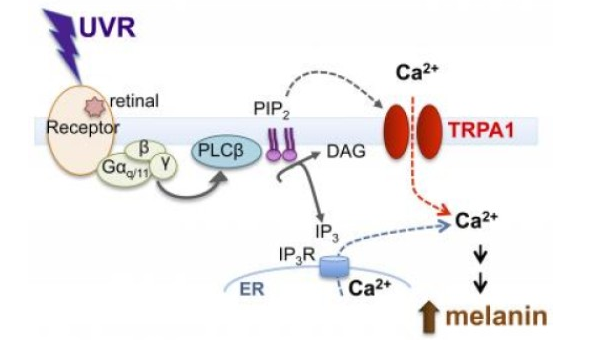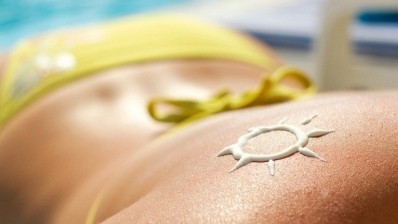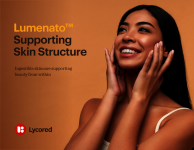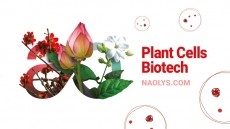Scientists' further understanding of pathway to protect skin from sun exposure

Researchers from Brown University identified these elements of the UVR-activated pathway in skin, as they look to improve understanding the early stages of the response to UVR.
Their study was published in The Journal of General Physiology and provides new insight into the molecular pathway underlying this process.
Protection against sun exposure
“The UVR present in sunlight is the most common environmental carcinogen, and long-term exposure to UVR can lead to skin cancer and premature ageing of the skin,” says the study authors.
“To develop better methods of protection from the sun, we need to understand how the human skin detects and responds to UVR.”
Based on this research, there will then be further work done to identify other key players in this newly characterized UVR response pathway.
As these remaining gaps are filled, researchers can use the information to develop better methods for protecting the human skin from the damaging effects of sun exposure, which could see better skin care products and sunscreens too.
Research
Skin cells called melanocytes respond to UVR by increasing the skin's pigmentation, a protective mechanism otherwise known as tanning.
This pathway involves the activation of transient receptor potential A1 (TRPA1) ion channels, an increase in intracellular Ca2+, and an increase in cellular melanin content.
This is where the researchers investigated the identity of the G protein involved in mediating the skin's response to UVR as well as some downstream elements in the pathway.
The scientists’ data suggests that in melanocytes responding to UVR, the signal transduction cascade resembles a light-activated pathway in the eye.
N. W. Bellono, J. A. Najera, E. Oancea. UV light activates a G q/11-coupled phototransduction pathway in human melanocytes. The Journal of General Physiology, 2014; 143 (2): 203 DOI: 10.1085/jgp.201311094











![Lubrizol has extended its partnership with C-beauty major PROYA. [PROYA]](/var/wrbm_gb_food_pharma/storage/images/_aliases/wrbm_tiny/publications/cosmetics/cosmeticsdesign-asia.com/headlines/brand-innovation/lubrizol-bullish-on-potential-of-c-beauty-growth-potential/17362515-1-eng-GB/Lubrizol-bullish-on-potential-of-C-beauty-growth-potential.jpg)

![Amika is targeting localised innovation to drive success in SEA. [Amika]](/var/wrbm_gb_food_pharma/storage/images/_aliases/wrbm_tiny/publications/cosmetics/cosmeticsdesign-asia.com/headlines/brand-innovation/amika-on-quest-to-address-diverse-hair-needs-in-sea-with-sea-buckthorn-range/17339003-1-eng-GB/Amika-on-quest-to-address-diverse-hair-needs-in-SEA-with-sea-buckthorn-range.jpg)

![Latest developments from the South Korean beauty market. [Getty Images]](/var/wrbm_gb_food_pharma/storage/images/_aliases/wrbm_tiny/publications/cosmetics/cosmeticsdesign-asia.com/article/2024/04/19/korean-wave-able-c-c-kolmar-and-more-in-this-k-beauty-round-up/17357973-1-eng-GB/Korean-wave-Able-C-C-Kolmar-and-more-in-this-K-beauty-round-up.jpg)



